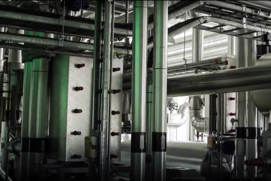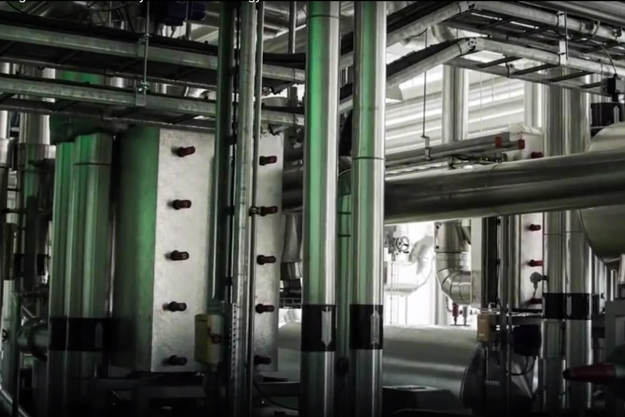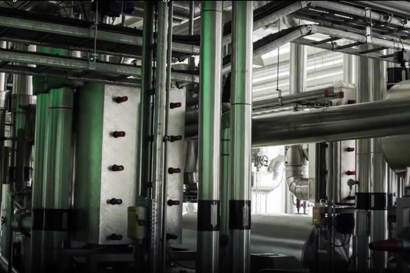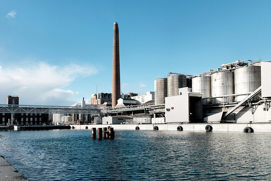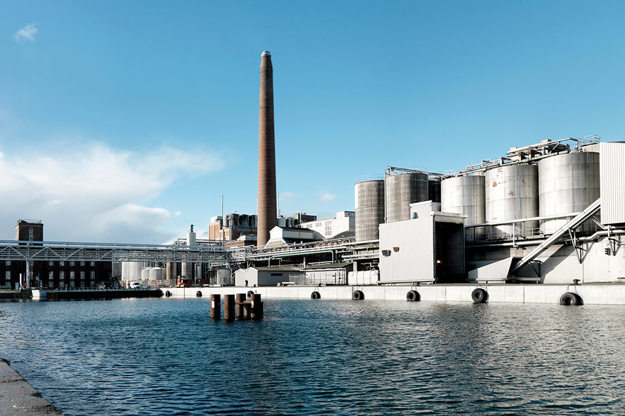Over seven years since the Paris Agreement was widely adopted at COP 21, the complexities involved in limiting global warming continue to impede substantial progress. If we are to realize the goal of limiting the global temperature increase to 1.5°C above pre-industrial levels, time is at a premium and radical changes are required. However, many countries are struggling to turn their commitment to the Paris Agreement into action. This article outlines why decarbonizing heating and cooling in the building sector should be prioritized to kick-start the transition to sustainable energy. Additionally, it argues that district energy can fast-track this process with existing proven technology, utilizing its flexible and resilient infrastructure to support and balance other energy sectors.
Parisian complexity continues to frustrate green energy transition
On the 12th of December 2015, the Paris Agreement was adopted by 196 parties, including 193 UN member countries, at COP 21, setting the goal of limiting global warming to well below 2°C compared to pre-industrial levels, and to pursue efforts to limit the temperature increase to 1.5°C above preindustrial levels. The agreement came into force on the 4th of November 2016, after 55 parties to the COP 21 convention, representing 55% of global greenhouse gas (GHG) emissions, ratified the agreement. As of 2023, 194 of the 198 parties to the convention have ratified the agreement, accounting for close to 98% of the world’s GHG emissions.
According to the IPCC’s Sixth Assessment Report (AR6) of Working Group I from 2021, the path for realizing the goal of 1.5°C is still possible if stringent measures are applied to reach net zero GHG emissions by 2050. As the energy sector (power, heat and transport) is a major GHG emitter, accounting for 73.2% of global GHG emissions1, significant and radical changes to how we generate energy will be required. The energy sector needs to transition from fossil fuels to renewable energy sources in a sustainable way and with the minimum environmental impact. One of the solutions that can truly fast-track the transition to a sustainable energy system is district energy.
While the Paris Agreement is a groundbreaking agreement, the complexities inherent to the tasks required are enormous. This is strongly emphasized by the fact that subsequent COP meetings have addressed parts of the agreement for facilitating the implementation.
Related solutions
-
if (isSmallPicture) {


 District cooling
District coolingDistrict cooling is an environmentally friendly and energy efficient cooling supply that enables a green future with substitution to renewable energy.
-
if (isSmallPicture) {


 District heating
District heatingUnlock the grids full potential with end-to-end district energy solutions and get actionable insights enabling continuous optimization and optimal temperature control on both demand and supply side.

